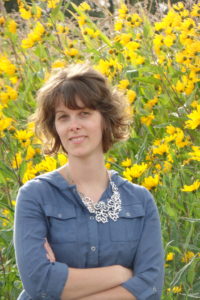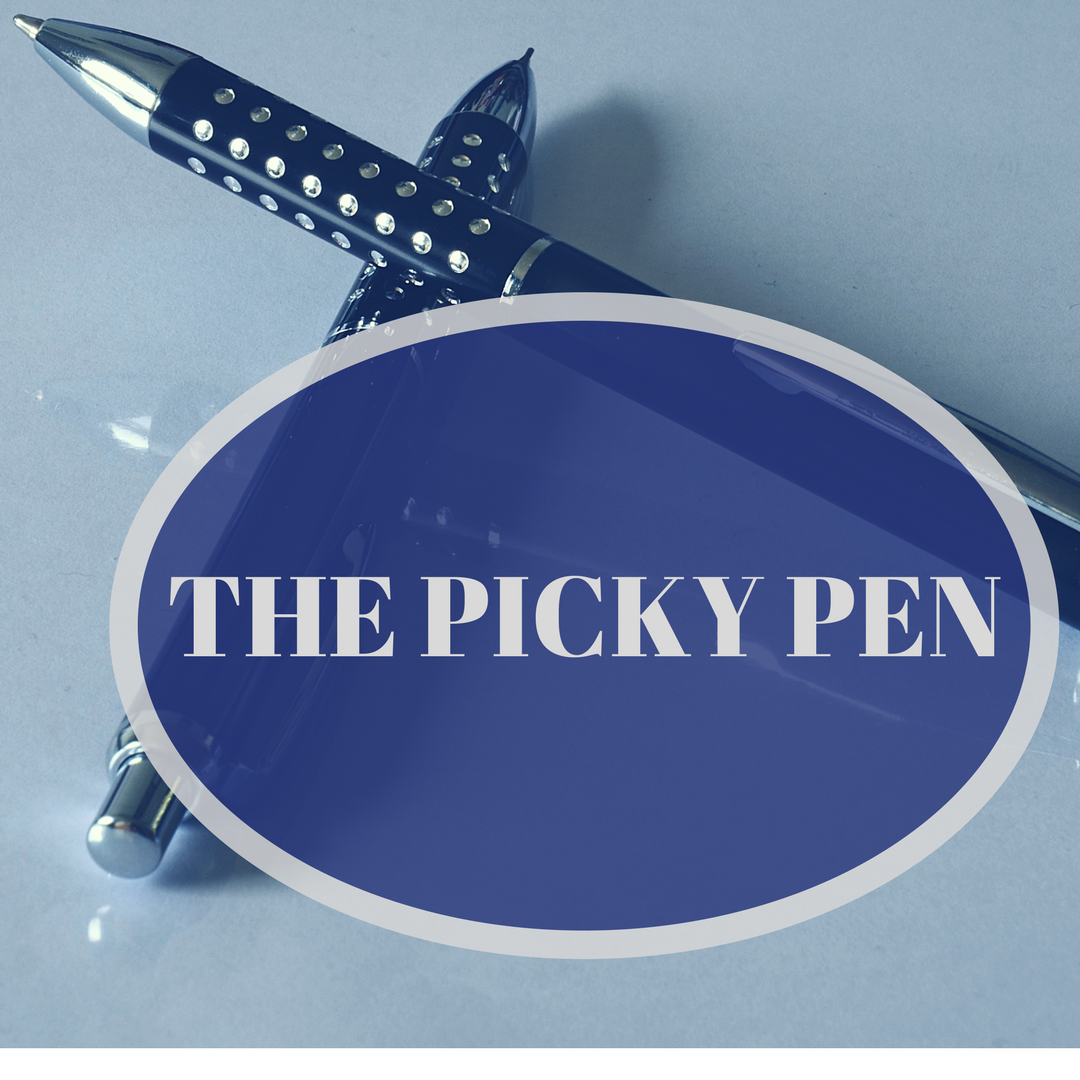In the world of grammar and punctuation, there are three types of dash (hyphen, en dash, and em dash). “So what?” you say. “Ah,” but I say, “presentation is everything, especially when it comes to the publishing world. And your presentation of such a small thing as a dash is crucial to your book’s success.”
Working with the dash can be tricky, boring, and downright distressing at times. As a writer and an editor, I completely understand your frustration with grammar and punctuation altogether.
You’d rather write, right? Right! So let’s continue our focus on a simple, easy-to-understand punctuation series that I hope will be a help and encouragement to you—allowing you more time to write well.
If you feel like you’re back in
grammar school, please take heart—and know that this isn’t going to be a
boring, stuffy ‘nother grammar lesson.
It may seem like the dash is not important, but they are, especially if you use
a lot of extra information in your prose or poetry. And that’s nearly every
piece of writing, so I invite you to stay for this little journey. This is by
no means an exhaustive list, but merely to give you a tool to use in your
self-editing journey, should you choose to do so.
Why Paying Attention to the Dash Is Important
- Appearance is everything, appearance is everything, appearance . . . yeah
- The difference is subtle, like missing the road sign on the highway
- Using the dash correctly shows you care about your story, your editor, and your readers
In this blog post, let’s look at one of the dashes, the em dash. And my text for today is The Chicago Manual of Style, chapter six.
Using the em dash instead of using commas, parenthesis, and colons (Chicago Manual of Style 6.85).
If you ever hear just the word “dash,” the speaker most likely will be referring to the standard em dash, so please don’t be confused. Em dashes can be used for abrupt insertions of information in a sentence, or important side elements that an author wants the reader to notice something.
Em dashes set off or amplify an element in a sentence, or function in place of parenthesis, comma, or a colon. Please notice examples one, two, and three below, respectively:
- Parenthesis. Tim Shoemaker’s keynotes at the Write-to-Publish conference in June, 2019, centered on several biblical characters—Nehemiah, King David, and David’s mighty men—and encouraged writers to produce great content that fills readers with hope in a fresh and exciting way.
- Comma. The encouragement of three people in my life who were an inspiration to me in different stages of my writing journey—a journey that, much to my surprise, spanned twenty years, include my mother, my grandfather, and my writing mentor.
- Colon. Even though I had many people who inspired me to write, it was a novel written by a British author that set my pen on fire—pure bliss.
*Avoiding confusion. (Chicago 6.85.)
- Don’t use two sets of em dashes in the same sentence because
it causes confusion for your reader, not to mention makes the sentence really
clunky. In this case, you would use parenthesis or commas instead.
(I have bolded the parenthesis and commas, as they add extra, extra information. Notice where the em dash is placed in relation to the other punctuation as well.)
A few examples: - The Write-to-Publish conference—which met for four days in June near Chicago (and is a perfect balance of emerging and skilled writers)—featured in-house publishing editors and excellent subsidy publishers for writers of all levels and genres.
- The Write-to-Publish conference—which met for four days in June near Chicago, and is a perfect balance of emerging and skilled writers—featured in-house publishing editors and excellent subsidy publishers for writers of all levels and genres.
Use the em dash for sudden breaks or interruptions (Chicago Manual of Style 6.87).
You may use an em dash if your sentence decides to go on a jaunt or a jolt, or entertain an interruption in dialogue or thought. Hey, no worries—that’s okay! Just plug in the em dash and you’re all good.
Here are some examples:
- My friend jiggled the car keys still in the ignition, the steering wheel, the H-emblemed car horn, the door locks, anything to silence the deafening screech. “I—I can’t seem to deactivate this—this alarm.”
- A woodpecker rap made me jump. The man shot two fingers in my direction on the other side of the passenger window. “If you don’t stop messing around with that alarm,” he shouted over the blaring sound, “I’m gonna call the cops—I mean it! People are tryin’ to sleep!”
The em dash is used instead of quotation marks
(Chicago Manual of Style 6.80). *This is mainly for European manuscripts. If you have read any international works or are getting your books published with foreign rights, you might have seen the em dash.
Okay, so this is a fun one, and I might add, an interesting rule to keep in mind. I’ll make it as simple as possible for you. 😊 Don’t use any quotation marks or spaces after the em dash. Ask your agent or editor or publisher if this method is still used in today’s books, because. . .
I’ve seen the em dash used in older novels, but haven’t seen them in recent novels. Have you? I’d sure love to know! So—please leave a comment on the blog, telling me where you have seen this rule used.
For example,
- —Oh Henry, isn’t this a lovely party?
- —Yes, Louise, and it’s lovelier with you here.
How’s that for a very brief introductory into using the em dash that’s widely used but so often misused?
Pro Tip for Finding the Em Dash
- Make sure your cursor is at the place where you want the en dash to be placed.
- In Microsoft Word (version 2016), go to the Insert tab.
- At the very end of the icon list, you’ll see Symbols.
- Click the drop-down menu, and you’ll choose the Symbol option.
- Mouse over the symbols, until you find the Em dash.
- Click, and insert into the place where your cursor is located.
Using the well-placed en dash is important because your overall presentation makes a world of difference to your editor, agent, publisher, and readers. That may seem counterintuitive because the writing is equally important, but it’s the presentation that tends to enhance your credibility as a writer. (Especially if you self-publish and are doing your own first-draft editing.)
Next month, we’ll look at the final way to edit the dash in your manuscript, but for now. . . just remember, There may be three types of dash, and one of them is not Dasher.
Please take a minute and join in the discussion! I’d love to hear from you!
Choose between the questions to engage in the conversation:
Why do you use em dashes?
Have you seen any in place of quotation marks in dialogue? Which title/author uses them?

Tisha Martin writes historical fiction and nonfiction but also edits and proofreads for beginning and best-selling writers, professional editing agencies, and publishing houses. She has a BA in Professional Writing, an MS in English Education, and an editing certificate from the PEN Institute, affordable continuing education for editors. Active in American Christian Fiction Writers and The PEN, she appreciates the writing and editing communities. As Assistant Director of PENCON, a conference for editors, she enjoys travel marketing and updating PENCON’s Facebook Page. Connect with Tisha on her website www.tishamartin.com and engage in the conversation.


 We love helping your growing in your writing career.
We love helping your growing in your writing career.

No Comments